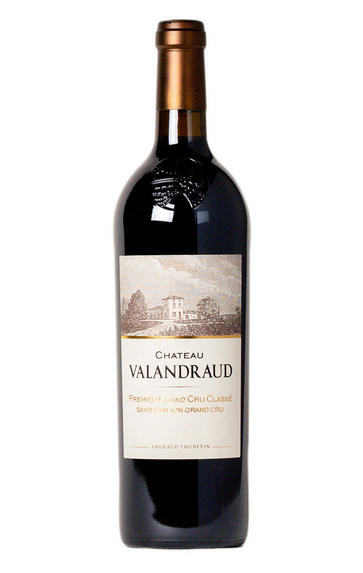
2008 Château de Valandraud, St Emilion, Bordeaux
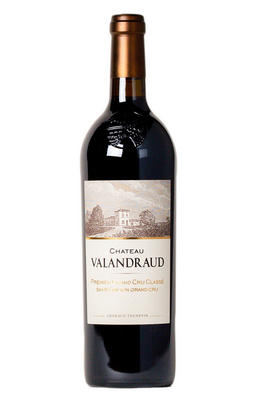
Critics reviews
Neal Martin - 01/03/2017
About this WINE
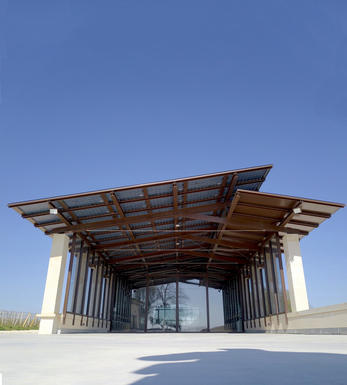
Château Valandraud
Château Valandraud is a wine estate in St-Emilion on the Right Bank of Bordeaux. It was founded in 1989 by husband-and-wife team Jean-Luc Thunevin and Murielle Andraud.
The couple started out with a small 0.6-hectare plot of vines on the outskirts of the town of St Emilion. Their early vintages were famously produced in a small garage in the town, making Valandraud one of the first vins de garage and Thunevin himself a high-profile figure within the garagiste movement – a small band of Right Bank producers making high-octane, concentrated red wines made from low yields and in tiny quantities.
The pair have expanded their holdings over time, notably purchasing and renovating a winery in St Etienne de Lise, as well as expanding the size of the vineyard considerably. Valandraud has since 2012 been ranked a Premier Grand Cru Classé B in the St Emilion classification.
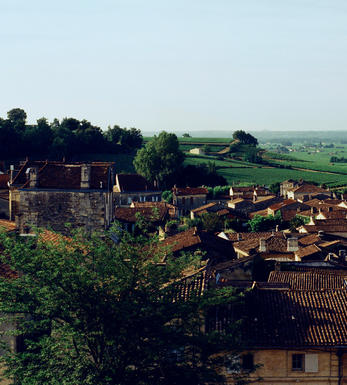
St Émilion
St Émilion is one of Bordeaux's largest producing appellations, producing more wine than Listrac, Moulis, St Estèphe, Pauillac, St Julien and Margaux put together. St Emilion has been producing wine for longer than the Médoc but its lack of accessibility to Bordeaux's port and market-restricted exports to mainland Europe meant the region initially did not enjoy the commercial success that funded the great châteaux of the Left Bank.
St Émilion itself is the prettiest of Bordeaux's wine towns, perched on top of the steep limestone slopes upon which many of the region's finest vineyards are situated. However, more than half of the appellation's vineyards lie on the plain between the town and the Dordogne River on sandy, alluvial soils with a sprinkling of gravel.
Further diversity is added by a small, complex gravel bed to the north-east of the region on the border with Pomerol. Atypically for St Émilion, this allows Cabernet Franc and, to a lesser extent, Cabernet Sauvignon to prosper and defines the personality of the great wines such as Ch. Cheval Blanc.
In the early 1990s there was an explosion of experimentation and evolution, leading to the rise of the garagistes, producers of deeply-concentrated wines made in very small quantities and offered at high prices. The appellation is also surrounded by four satellite appellations, Montagne, Lussac, Puisseguin and St. Georges, which enjoy a family similarity but not the complexity of the best wines.
St Émilion was first officially classified in 1954, and is the most meritocratic classification system in Bordeaux, as it is regularly amended. The most recent revision of the classification was in 2012
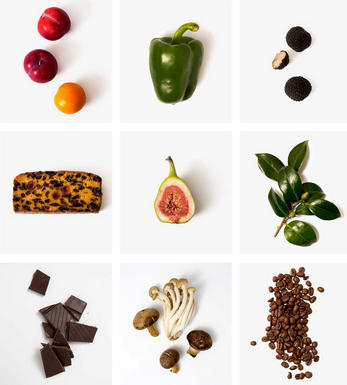
Merlot
The most widely planted grape in Bordeaux and a grape that has been on a relentless expansion drive throughout the world in the last decade. Merlot is adaptable to most soils and is relatively simple to cultivate. It is a vigorous naturally high yielding grape that requires savage pruning - over-cropped Merlot-based wines are dilute and bland. It is also vital to pick at optimum ripeness as Merlot can quickly lose its varietal characteristics if harvested overripe.
In St.Emilion and Pomerol it withstands the moist clay rich soils far better than Cabernet grapes, and at it best produces opulently rich, plummy clarets with succulent fruitcake-like nuances. Le Pin, Pétrus and Clinet are examples of hedonistically rich Merlot wines at their very best. It also plays a key supporting role in filling out the middle palate of the Cabernet-dominated wines of the Médoc and Graves.
Merlot is now grown in virtually all wine growing countries and is particularly successful in California, Chile and Northern Italy.


Buying options
Add to wishlist
Description
Tasted blind at the Valandraud vertical at the property, the 2008 Valandraud is a blend of 80% Merlot and 20% Cabernet Franc matured in new oak for 24 months. It put in a quite brilliant performance (here paired against the 2008 Trotanoy). It has a boisterous, bravura of a nose with outstanding vigor and clarity: red cherries and boysenberry fruit, graphite and traces of wet limestone. The palate is medium-bodied with supple tannin, beautiful pure black cherry and raspberry fruit with a faint touch of orange sorbet. Seamless in texture with a refined and silky smooth finish, this is drinking beautifully now but will clearly age for another two decades. This is outstanding for the vintage. Tasted December 2016.
Neal Martin - 01/03/2017
wine at a glance
Delivery and quality guarantee